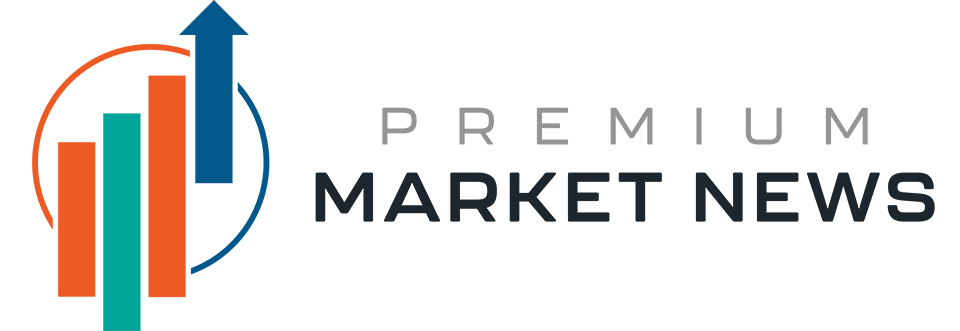Starting 2025, Americans can contribute more to retirement accounts. The Internal Revenue Service detailed the increases in its annual cost-of-living adjustments for pension plans and other retirement accounts. Workers who participate in 403(b) and the federal government’s Thrift Savings Plan will also be able to increase their annual contribution to $23,500 in 2025, up from $23,000 in 2024. Some annual contributions remain the same.
The limit on annual contributions to an IRA will remain at $7,000 and the IRA catch-up contribution limit for people 50 and over remains $1,000 for 2025. The agency last week announced increases to the standard deduction in its annual inflation adjustments for 2025. For single taxpayers and married individuals filing separately in tax year 2025, the standard deduction is rising to $15,000 — up $400 from 2024.
For couples who file jointly, that standard deduction will be $30,000 for 2025, an $800 jump from the year prior. And heads of households will get a $22,500 standard deduction, up $600 from 2024. Income thresholds for all seven federal tax bracket levels were also revised upward.
Here’s what the IRS has announced:
401(k), 403(b), 457 Plans & Thrift Savings Plan:
- Contribution limit increased to $23,500 (up from $23,000).
- Catch-up contribution for those aged 50+ remains $7,500, allowing total contributions of $31,000.
- For those aged 60-63, the catch-up limit rises to $11,250 under SECURE 2.0.
IRA Contributions:
- Annual limit remains $7,000.
- Catch-up limit for those aged 50+ remains $1,000.
SIMPLE Accounts:
- Contribution limit increased to $16,500 (up from $16,000).
- Higher limits for certain accounts: $17,600.
- Catch-up for those aged 50+ remains $3,500, with special limits for ages 60-63 set at $5,250.
Income Phase-Out Ranges:
- Traditional IRA: Adjusted ranges for eligibility based on filing status and workplace plan coverage.
- Roth IRA: Range for singles/heads of household increased to $150,000–$165,000, for married couples to $236,000–$246,000.
Saver’s Credit Eligibility:
- Income limit increased to $79,000 for joint filers, $59,250 for heads of household, and $39,500 for singles.
- These updates reflect cost-of-living adjustments and changes under the SECURE 2.0 Act.
